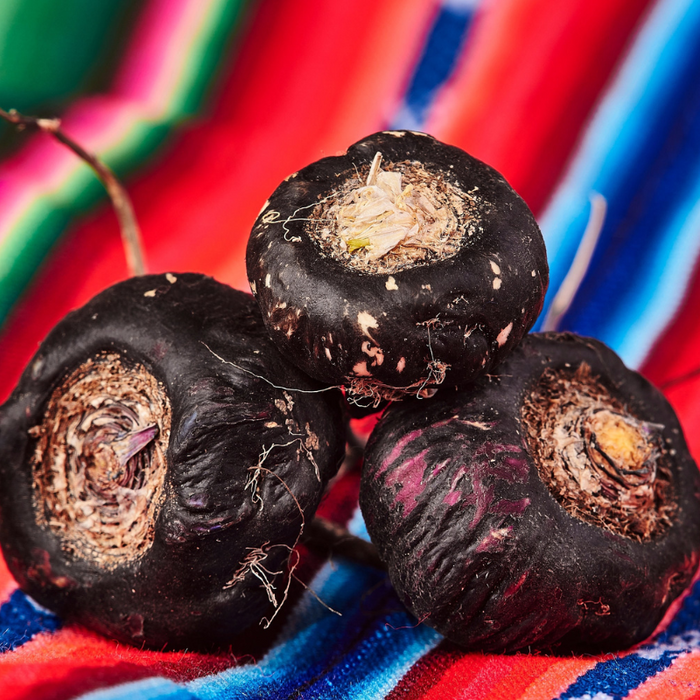
Maca Herb Seeds
Save 50%
Original price
$10.00
Original price
$10.00
-
Original price
$10.00
Original price
$10.00
Current price
$4.99
$4.99
-
$4.99
Current price
$4.99
Witness vibrant blooms and strong roots as you sow the seeds of the Maca Herb Seeds. These herb seeds are meticulously selected to bring forth a garden filled with vitality and the distinctive characteristics of this ancient herb. Watch as your plants absorb the herbal richness, resulting in a garden that exudes vibrancy, fitness, and a touch of natural charm.
Features:
- The petal coloration features dramatic gradients of with a black bloom for bold contrast.
- Each pack includes 50 seeds, providing ample quantity for potting or larger planter arrangements.
- Seeds can be sown outdoors after the final frost or started indoors several weeks prior to the last expected frost.
- The mature plant height ranges between 4 to 8 inches, ideal for compact spaces or decorative containers.
- For best results, space plants 6 to 10 inches apart to encourage healthy air circulation and growth.
- Bloom time spans from May through July, adding seasonal beauty during late spring and early summer.
- This variety reaches harvest maturity within 6 to 7 months, depending on the growing environment.
- Suitable for USDA hardiness zones 2 through 8, making it versatile across a wide range of regions.
- Grows well in locations with full sun to partial shade, adapting to both bright indoor and filtered light settings.






